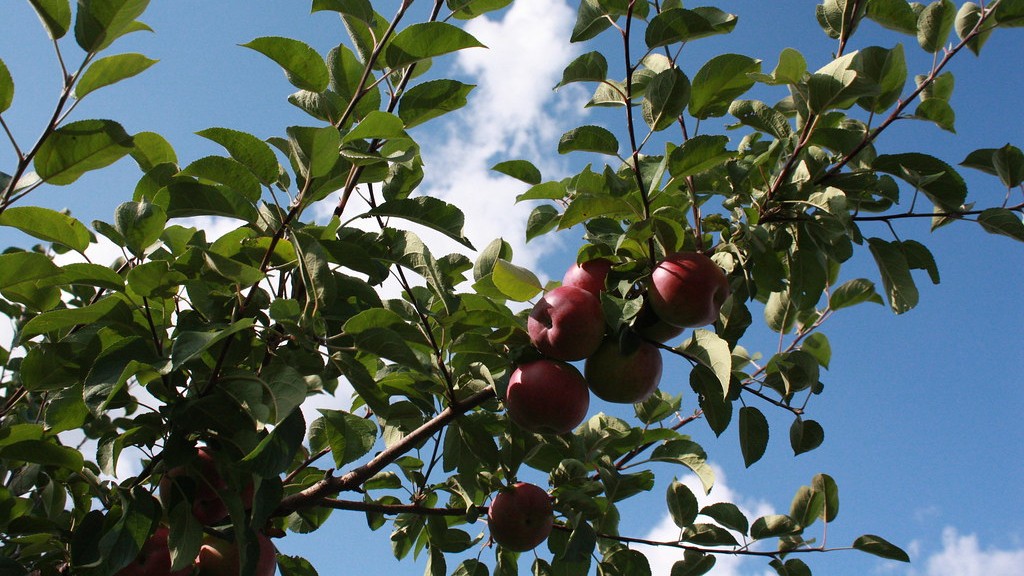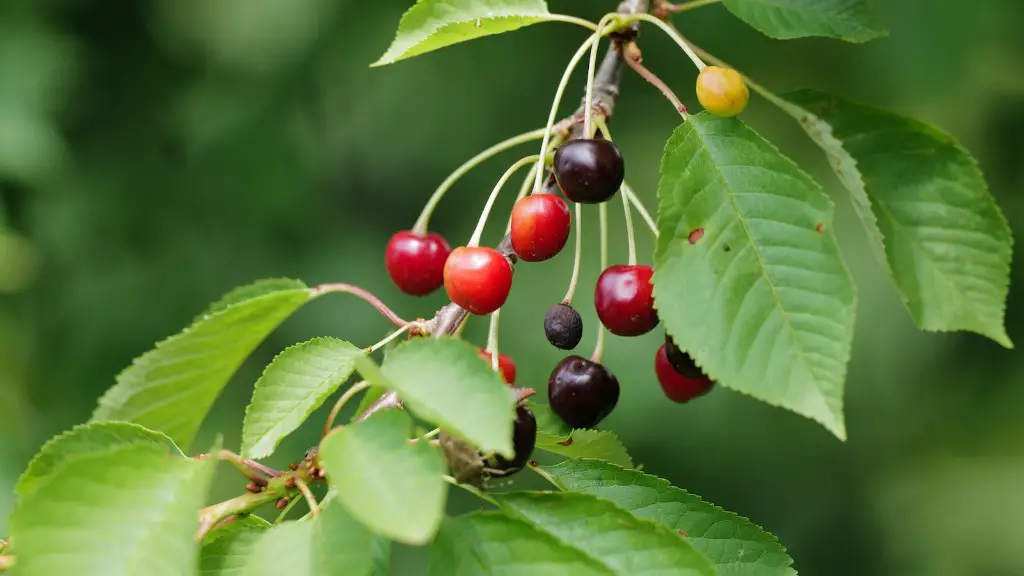Drawing the Base
To begin, sketch two intersecting circles for the trunk and the main branches. Make sure to establish the proportions of the tree. Have the trunk slightly larger so that the branches that will be drawn will look realistic compared to its size. Sketch the tips of the branches around the circles to create an outward, fanning effect.
The tips of the branches should all be drawn differently. Some branches should be longer while others will be shorter and end abruptly. This helps create a natural, sprawling look to the tree. Allow the sketch to have an overall irregular pattern instead of having the branches placed exactly the same on both sides.
Gently drag the pencil upwards and around the circles, treating the tips of the branches as though they were flowing. This will help the transition between the trunk and the branches look softer and more natural when complete.
Add The Soul
To create a unique tree, add a “soul” to it. Soul refers to additional lines, squiggles, and other patterns that you can draw onto the tree. Vary the line lengths, like before the fanning of the branches. Make sure you are careful and your lines are smooth – these small details are where the tree will take on a life of its own.
As a rule of thumb, don’t draw too much and overdo the detail. A cherry blossom tree’s most distinguishing feature are the flowers and additional details will only distract from them.
Forming the Flowers
The flowers on the tree are made up of five petals (usually) merged, end to end, in the shape of a star. Start by lightly sketching the curved petal outlines with a very light touch. This will help create a smooth transition when it is time to add the delicate details.
When shading the petals, use a soft pencil and constantly apply light pressure. To create a realistic look, you can add some highlights to represent the lighting in the environment.
Painting The Leaves
The leaves of a cherry blossom tree are made up of two to three small fan-shaped petals. It is important to start with a light pencil sketch of the leaves and then draw over it with a pen. This will help make sure you achieve a crisp, clean line.
When shading the leaves, you want to make sure the lines are not too dark and keep the pattern as natural as possible. To create a vivid look, mix some white and gray colors to give the leaves a powerful contrast. With the leaves, think about where the light is coming from and add some light and shadow accordingly.
Adding Finishing Touches
You can add some additional touches to enhance the tree’s look. Little birds or light wind effects can help make the tree look lively and personalize it. You could also consider adding a silhouette of something to give your tree a more interesting effect.
When you’re ready to add the finishing touches, you may use colored pencils and pastels to refine the details and fully bring your tree to life. Make sure not to forget about the trunk – a brown or gray shade of colored pencil would give a realistic tree look.
Cherry Blossom Flower Details
When it comes to the flowers, remember to draw long and thin petals. This will help add to the fragile, natural look of the cherry blossom flowers. Also, give each flower some variation in size and shape. This will add to the overall unique look of your cherry blossom tree.
When you have finished sketches of the petals, add in some final artistic details to the flowers. These could be fine lines, wispy edges, short curves, or anything else you think will add to the realism of the flowers.
Highlight the Trunk and Branches
When drawing the trunk, use strong strokes and go for a slightly wavy look. This will give the trunk a more authentic and uneven look. Make sure the curved lines are around two to four inches in length. When drawing the branches, do the same, but draw curved lines in different directions with different lengths to add variation.
Using highlights and shadow to the trunk and branches will make the tree look more realistic, so try to add some visualization cues to make the tree appear standing in its natural environment.
Focus on Background Details
Finally, take time to add other details to the drawing such as grass, stones, and trees in the background. You can also add some birds to help show the depth of the tree in its natural environment. These details will help ground the tree and make it feel like a part of a larger landscape.
Adding small details can bring your drawing to life and make it appear more realistic. Cherry blossom trees are already quite stunning in their natural form, so taking the time to focus on the small details will greatly elevate your drawing.


